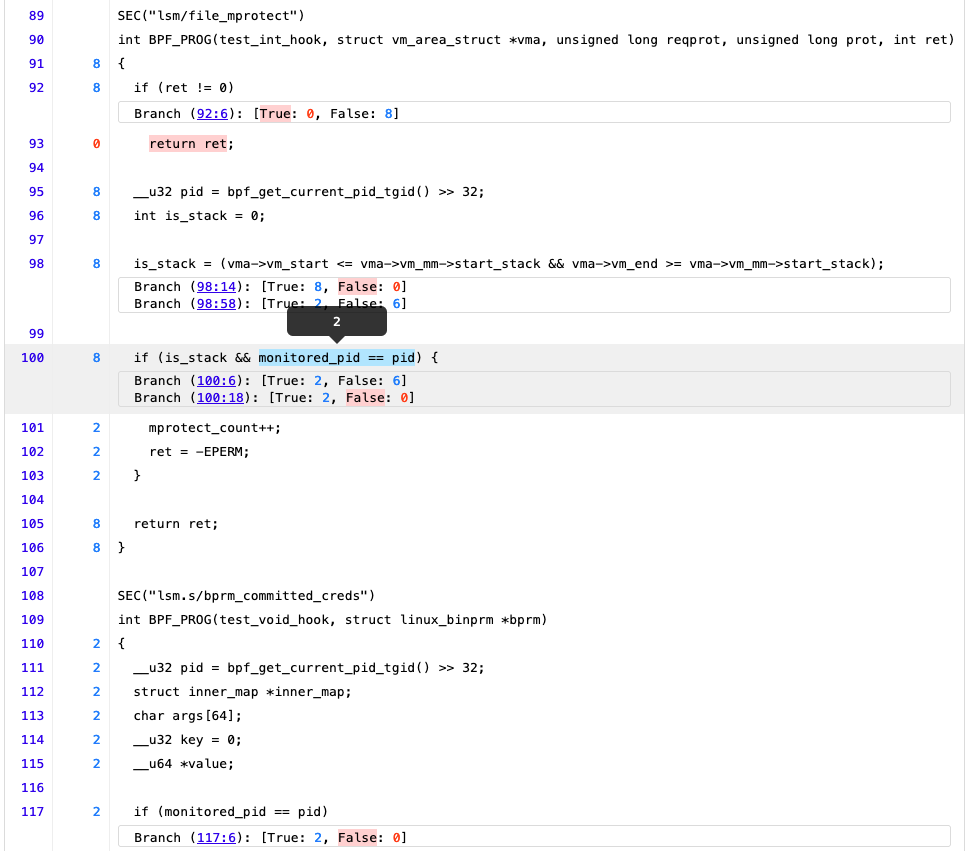

Typically backends use a “flat” IR: a list of blocks, where each block contains a list of instructions. Both Intel and AMD GPU compilers have required ground-up rewrites to fix IR issues, so I was eager to get the Bifrost IR (BIR) right to begin.Īn IR is simply a set of data structures representing a program. Further, IR design permeates every aspect of the compiler, so IR changes to a mature compiler are difficult. There is no one-size-fits-all IR the design necessarily is built to make certain compiler passes (like algebraic optimization) simple at the expense of others (like register allocation), justifying the use of multiple IRs within a compiler. A poor IR design can impede the growth and harm the performance of the entire compiler, while a well-designed IR enables complex features to be implemented naturally with simple, fast code. Backends convert NIR to a custom backend IR, whose design seals the fate of a compiler. In Mesa, OpenGL shaders are parsed into GLSL IR – a tree IR expressing language-visible types – which is converted to NIR – a flat static single assignment IR enabling powerful optimizations. Bifrost Intermediate RepresentationĪt the heart of a modern compiler is one or more Intermediate Representations (IRs). This redesign promises better performance - and a redesign of Panfrost’s compiler, too.

Bifrost has 2 blocks – fused multiply-add and add – pipelined without parallelism. 64-bit operation requires a special half-performance mode.

32-bit operations are purely scalar, 16-bit/2-channel and 8-bit/4-channel SIMD. Likewise, scheduling for VLIW architectures is difficult and slots often go unused, again wasting resources and preventing shaders from reaching peak architectural performance. Automatic vectorization is difficult if a shader uses a 3-channel 32-bit vector ( vec3), most likely the extra channel will go unused, wasting resources. In practice, these architectures are extremely difficult to compile efficiently for. Vector and VLIW architectures promise high-performance in theory, and in theory, theory and practice are the same. 5 blocks – scalar/vector add/multiply and special function unit – operate with partial parallelism across 2 pipeline stages. 128-bit arithmetic logic unit (ALU) allows 32-bit 4-channel SIMD. Midgard’s architecture is characterized as:
#Collabora code vereign unsigned software#
Indeed, squinting command stream traces from Midgard and Bifrost look similar – but the long tail of minor updates implies a nontrivial Panfrost port.īut the Bifrost instruction set, on the other hand? A rather different story.īifrost’s instruction set was redesigned completely from Midgard’s, requiring us to build a free software compiler targeting Bifrost from scratch.

The largest changes involve the interfaces between the shaders and the command stream, including the titular shader descriptors. After all, both architectures feature approximately the same OpenGL and Vulkan capabilities, and the fixed-function hardware has not required much driver-visible optimization.
#Collabora code vereign unsigned driver#
Thus the GPU driver contains two major components, generating the command stream and compiling programs respectively.įrom Midgard to Bifrost, there have been few changes to the command stream. By contrast, the instruction set encodes the shaders themselves, as with any programmable architecture. The command stream controls the hardware, dispatching shaders and containing the state required by OpenGL or Vulkan. X-Spam-Checker-Version: SpamAssassin 3.4.The interface to a modern GPU has two components, the fixed-function command stream and the programmable instruction set architecture. UNPARSEABLE_RELAY autolearn=ham autolearn_force=no version=3.4.4 KAM_DMARC_STATUS, KAM_MANYTO, SPF_HELO_PASS, SPF_PASS, TXREP, Peter Zijlstra, Darren Hart Steven Rostedt , (Authenticated sender: tonyk) with ESMTPSA id CF7691F445FD JbzXoxjPxIcQtZ7hNwdCt0X094Dhpxhn8UOWg238= List-Archive:List-Post:List-Help:List-Subscribe:From:Reply-To:Cc:ī=LtOsOF3MJxcCRzePF3/wKQBNM5aKQugOhGdgCzcDcKzesbPHcxjJNCESHR5EiU5hBġElAKtWTuYY9k6PJs3n2/ponk4iYxtJYimacHIqGvOZwBea/+SIhy9e6HAY6nTuoT7 H=To:Subject:Date:In-Reply-To:References:List-Id:List-Unsubscribe: X-Original-To: from (localhost )īy (Postfix) with ESMTP id 5BDFF3857C4FĭKIM-Filter: OpenDKIM Filter v2.11.0 5BDFF3857C4FĭKIM-Signature: v=1 a=rsa-sha256 c=relaxed/relaxed d= īh=88qRtH0gWyA0Rzot12Et5NGLGcFIX4w194kv7pgI8tA=


 0 kommentar(er)
0 kommentar(er)
